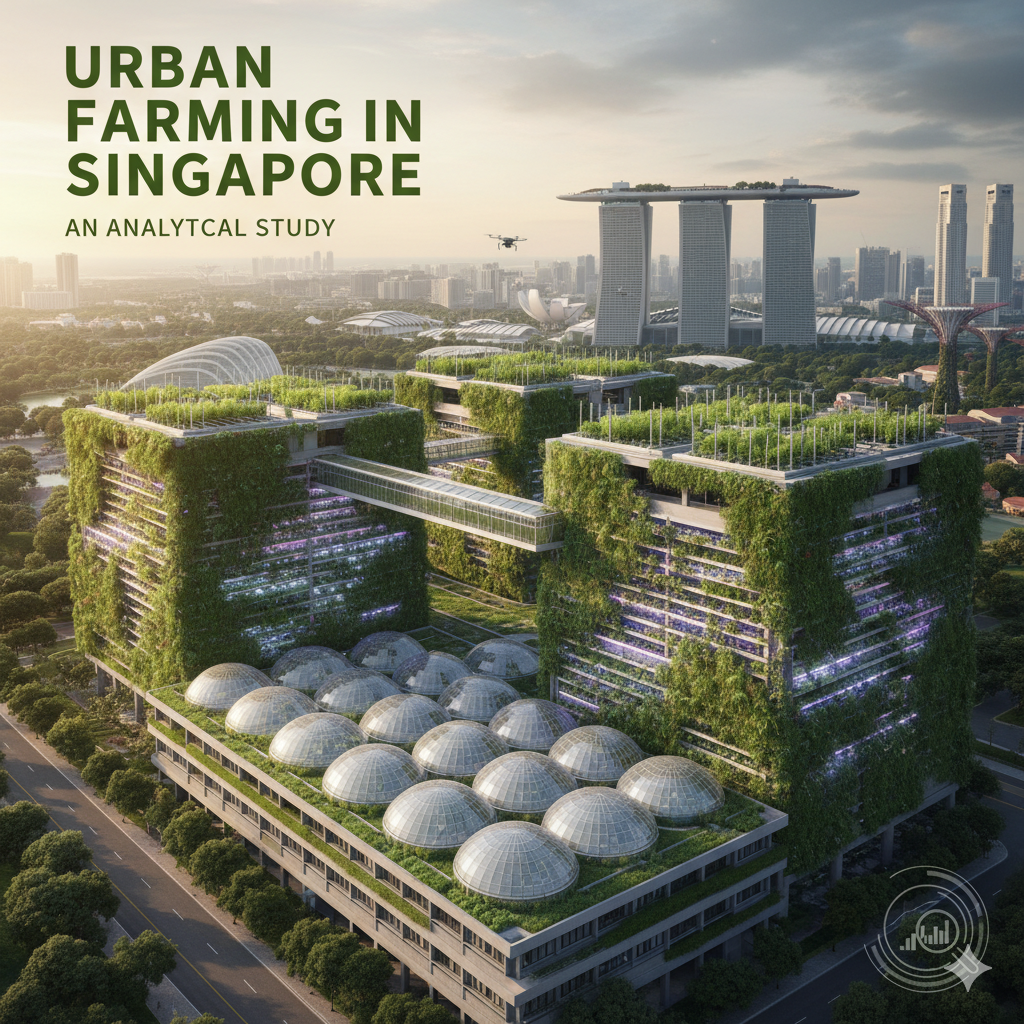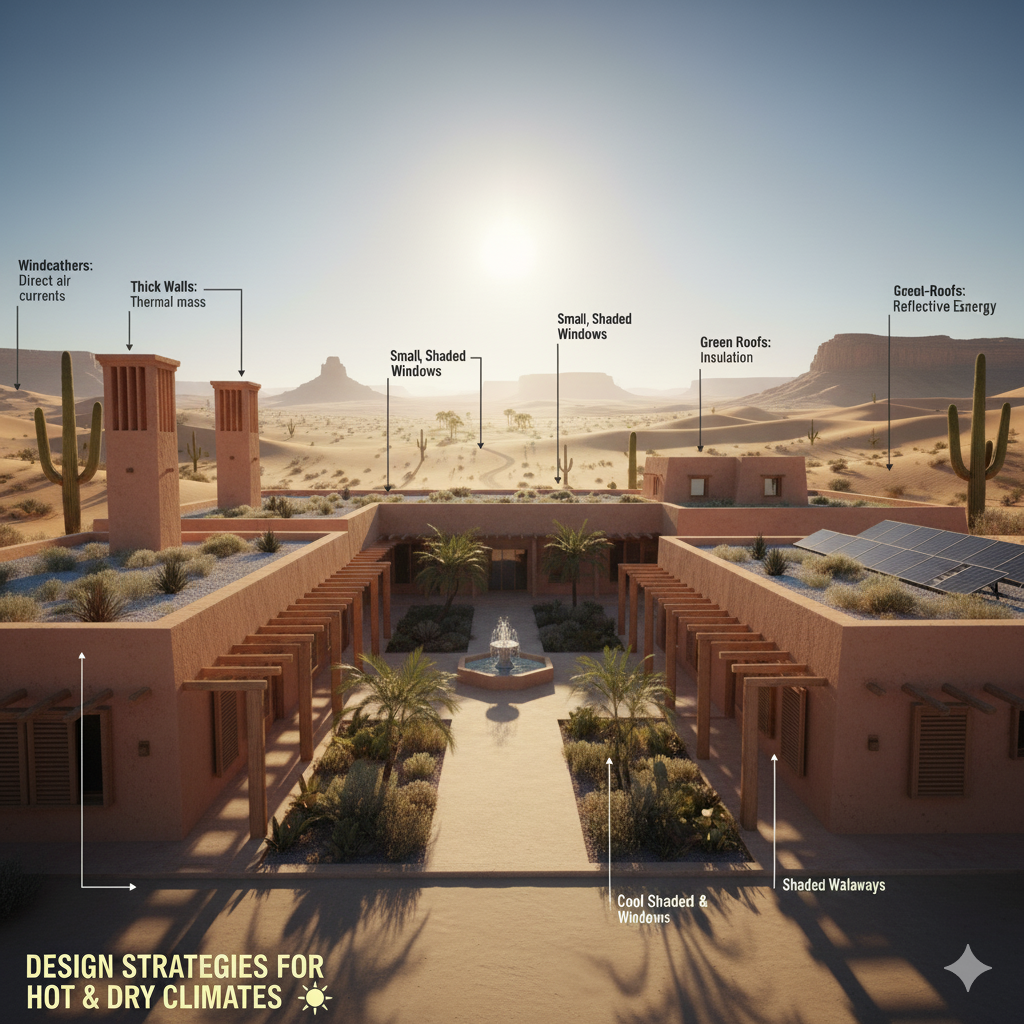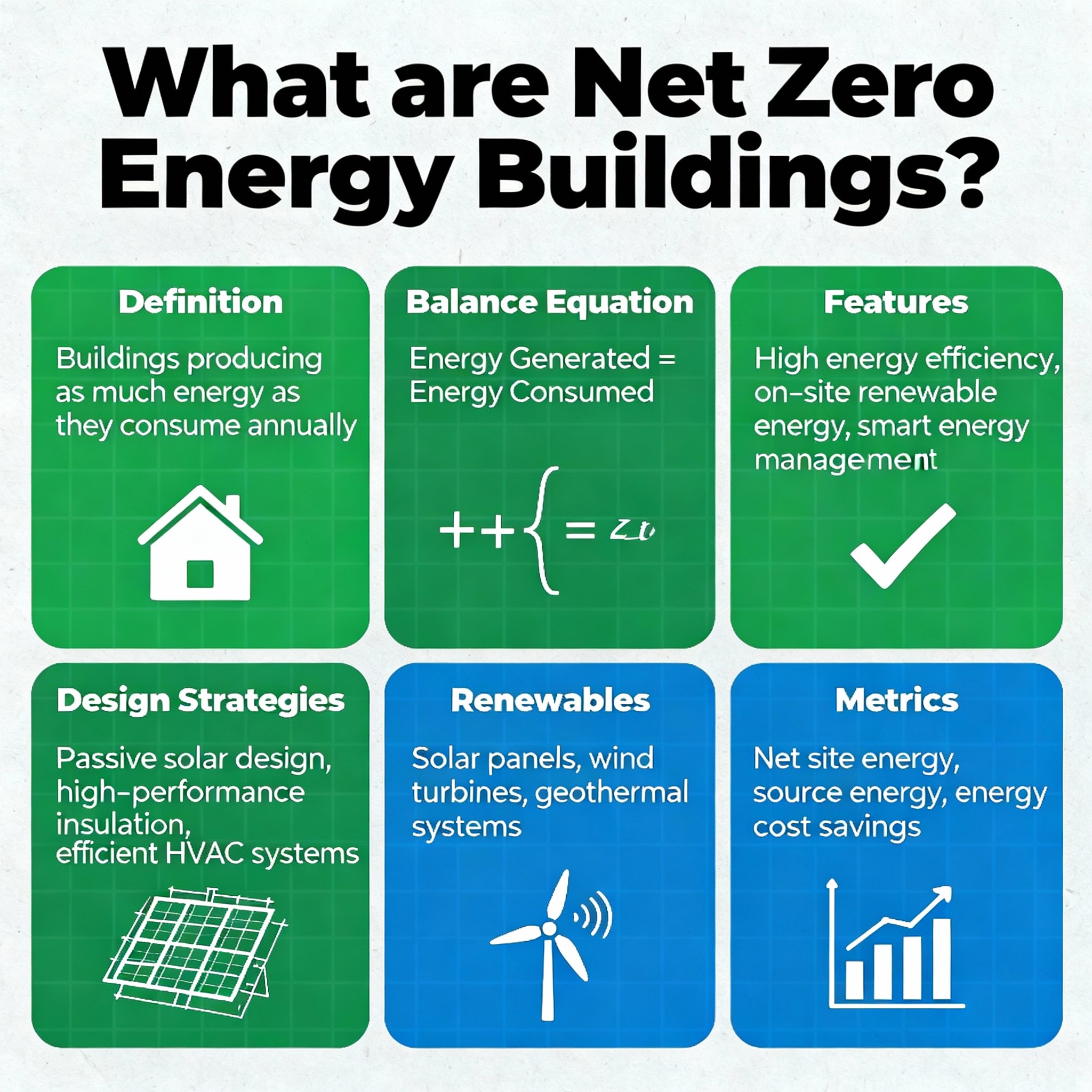Sustainability in Architecture

Key principles for Sustainability in Architecture
1. Energy Efficiency
-
Reduce energy consumption through smart design (passive solar heating, natural ventilation, insulation).
-
Use renewable energy sources (solar panels, wind, geothermal).
-
Optimize building orientation and window placement.
2. Sustainable Materials
-
Use recycled, renewable, or low-impact materials.
-
Choose local materials to reduce transportation emissions.
-
Consider the life-cycle impact of materials (from production to disposal).
3. Water Conservation
-
Incorporate low-flow fixtures and appliances.
-
Use rainwater harvesting and greywater systems.
-
Landscape with native, drought-tolerant plants (xeriscaping).
4. Indoor Environmental Quality (IEQ)
-
Ensure good air quality, natural lighting, and thermal comfort.
-
Use non-toxic, low-VOC (volatile organic compound) materials.
-
Design spaces that promote occupant health and productivity.
5. Site and Community Integration
-
Design to respect and enhance the local ecosystem and community.
-
Avoid disrupting existing landforms and habitats.
-
Ensure access to public transportation, bike paths, and walkways.
6. Waste Reduction
-
Design for adaptability and disassembly (future-proofing).
-
Minimize construction and demolition waste.
-
Promote recycling and reuse during construction and throughout the building’s life.
7. Resilience and Durability
-
Design buildings to withstand climate extremes and natural disasters.
-
Use durable materials to extend building lifespan.
-
Plan for future needs and changing environmental conditions.








